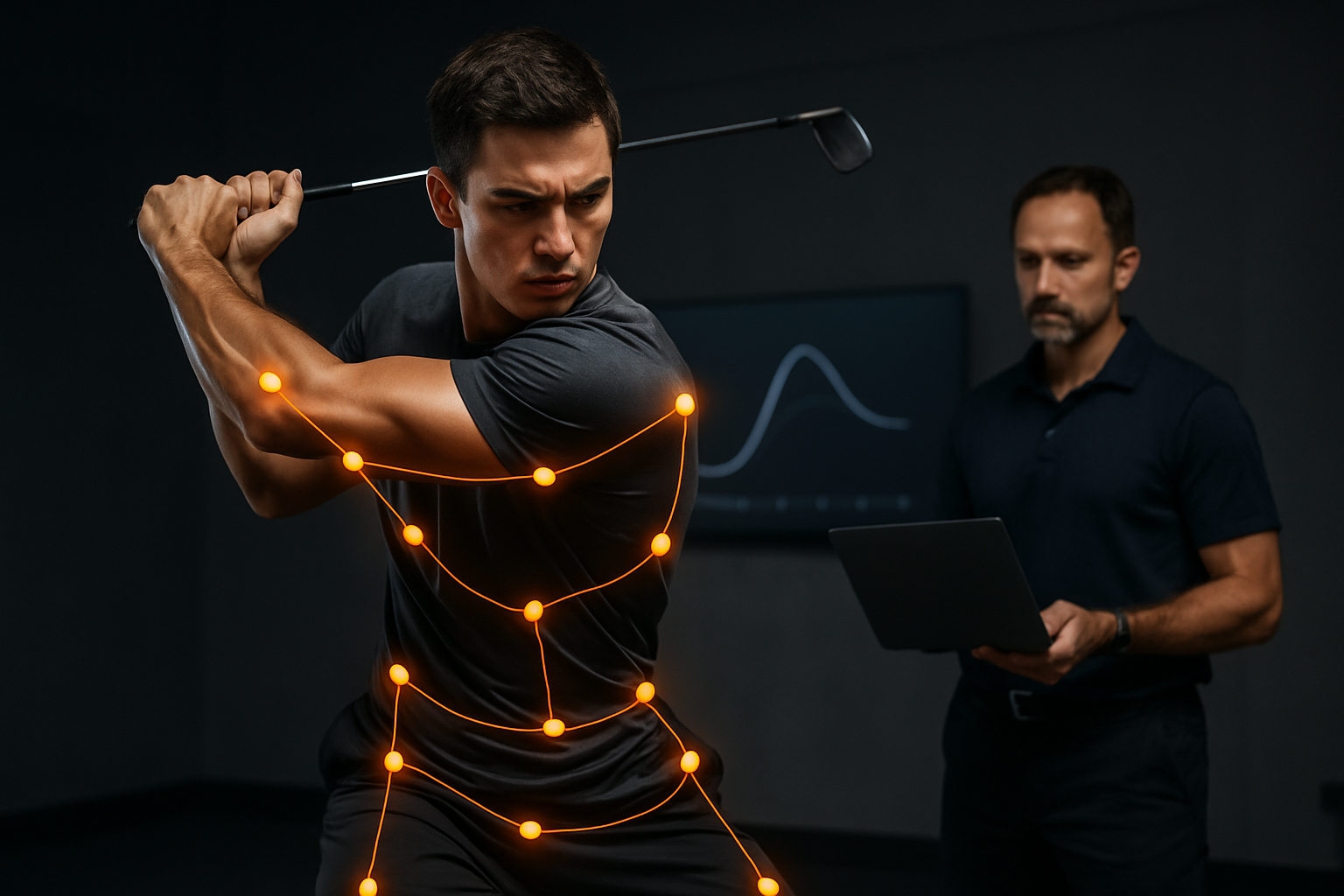From Heart Rate to Heat Maps: Interpreting Match-Day Data
Match-day performance generates large amounts of data that teams and staff must translate into practical decisions. From wearable signals to positional heat maps, interpreting telemetry and biometrics helps inform conditioning, recovery, and in-game adjustments. This article explains how common metrics link to endurance, strength, hydration, and overall load monitoring.

How do wearables shape real-time tracking?
Wearable devices are the frontline tools for tracking on match day. Modern wearables capture heart rate, movement, and sometimes inertial data that support live monitoring and post-game review. Coaches and sports scientists use this telemetry to see immediate changes in player output and physiological strain, helping to decide substitutions or pacing. Wearables also feed data into analytics platforms so that tracking of load, intensity, and positional behavior can be combined with other streams for a fuller view of performance.
What biometrics are most useful on match day?
Biometrics such as heart rate, heart rate variability, skin temperature, and respiration rate provide direct insight into internal load and stress. On match day, heart rate zones signal cardiovascular intensity while HRV trends reveal recovery status across days. Hydration can be inferred from weight change or skin sensors, and simple strength tests before or after matches indicate neuromuscular fatigue. Integrating multiple biometric measures creates a clearer picture than any single metric alone for monitoring endurance and readiness.
How does telemetry inform conditioning decisions?
Telemetry—especially GPS-derived speed, distance, acceleration, and deceleration metrics—helps quantify external load. Conditioning staff use these metrics to compare match demands to training plans and to calibrate conditioning sessions so players develop endurance and sprint capacity without excessive risk. Telemetry also highlights repeated high-intensity efforts and collision counts relevant to conditioning for strength and resilience. By aligning telemetry with individual thresholds, conditioning becomes data-driven and tailored to each player’s biomechanical and physiological profile.
What role do analytics and heat maps play?
Analytics transform raw telemetry and biometrics into actionable insights. Heat maps visualize positional tendencies and workload concentration across the pitch, showing where players exert most effort or where tactical adjustments are needed. Combined with biomechanical analysis, analytics can expose inefficient movement patterns or imbalances that affect performance and injury risk. Time-series analytics and dashboards enable staff to detect trends across matches—helpful for evaluating how conditioning and tactical changes influence endurance and in-game strength.
How can recovery and monitoring be integrated?
Effective match-day programs link immediate monitoring to short-term recovery protocols. Post-match biometric and subjective data inform recovery strategies such as controlled cooldowns, hydration plans, targeted conditioning, and sleep prioritization. Monitoring tools track recovery markers over hours and days so staff can modify workloads and prevent overload. Integrating recovery with ongoing monitoring ensures that decisions about return-to-play, training intensity, and rehabilitation reflect each athlete’s unique response to match stress.
How is load and tracking used for endurance and strength?
Managing load is central to building both endurance and strength without increasing injury risk. Tracking cumulative load across training and matches—using a combination of telemetry and biometrics—lets practitioners quantify acute spikes and long-term trends. Load metrics guide progression for endurance through volume and intensity adjustments, while biomechanics and neuromuscular monitoring influence strength programming and eccentric load control. Balanced load management supports performance gains in endurance and strength while helping to optimize conditioning outcomes.
This article is for informational purposes only and should not be considered medical advice. Please consult a qualified healthcare professional for personalized guidance and treatment.
Match-day data is most useful when it is reliable, contextualized, and interpreted by multidisciplinary staff. Wearables, telemetry, biometrics, and analytics each contribute parts of the picture: together they help translate raw signals into practical approaches for conditioning, monitoring, and recovery. As teams refine how they collect and combine these inputs, match-day decisions can be more precisely aligned with individual player needs and tactical aims.





